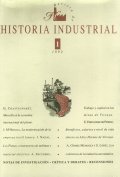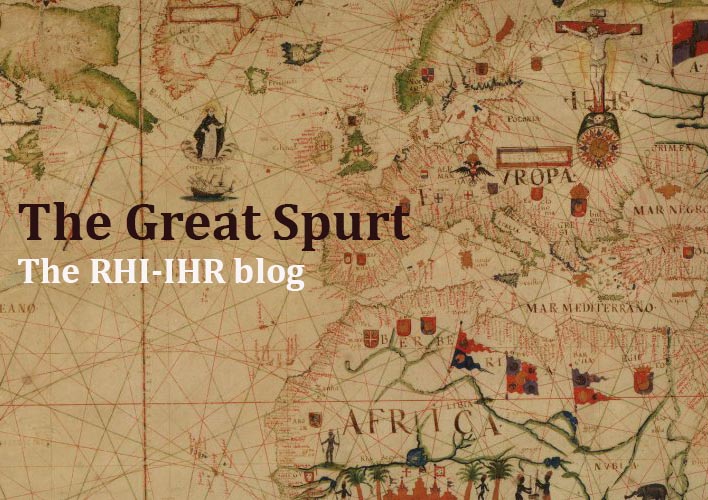The beginning of the aeronautical industry in Spain and the Wolff law (1916- 1929)
Abstract
During the period 1916-1929, the Spanish aeronautical industry was linked to the demand of military aircrafts. It had been created in a process of import substitution that was particularly intense during the First World War. At the beginning, this industry fried to achieve autarchy by developing its own technology but after 1923 the State decided to purchase foreign patents. The essay tries to assess the size this industry, and the resulting figures confirm its modest scale of operation due to the very low level of public finding. Nevertheless, the existence of this sector was the sign of a relative degree of modernization of the Spanish economy during the first thirty years of the twentieth century. The article argues that the fast assimilation of foreign techniques in the building and design of aircraftas and engines, and even the development of original models would not have been possible without a previous development the engineering industry. Lastly, the application of the Wolff law allows to suggest that the public sector lost an excellent chance to fasten some of the more competitive lines of this industry in the twenties. However, the technical transformations in the industry implied by the appearance of metallic aircrafts, and adverse circumstances in the international markets for military aircrafts condemned this industry to technical dependence on foreign firms.Downloads
Downloads
Published
How to Cite
Issue
Section
License

This work is licensed under a Creative Commons Attribution 4.0 International License.
The author assigns all rights to the publisher. Creative Commons
The author who publishes in this journal agrees to the following terms:
- The author assigns all intellectual property rights exclusively to the publisher for the entire duration of the applicable intellectual property rights.
- The publisher will distribute the texts under the Creative Commons Attribution License, which allows others to share the work, provided that they acknowledge the authorship, its initial publication in this journal, and the conditions of the license.





